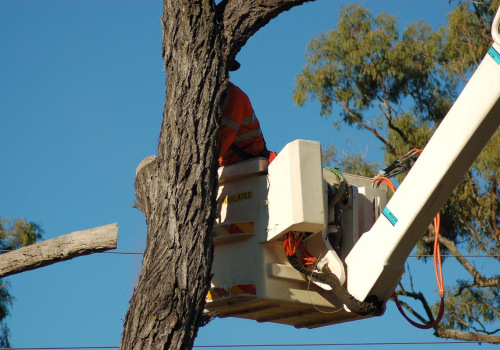Fixing and flipping houses involves a strategic approach to renovating properties for profit. The process begins with thorough market research to identify undervalued properties with high potential. Once a property is acquired, a detailed assessment of repairs and upgrades is conducted. Based on the assessment, a budget and timeline are established. Renovations then commence, addressing critical structural issues first, followed by aesthetic upgrades to enhance the property's value. After the rehab work, the property is staged and listed for sale. Given the extensive renovations and the importance of presenting a clean and refreshed property to potential buyers, many flippers opt for professional cleaning services. Hiring a "maid service in Katy" can ensure the flipped house is spotless, enhancing its appeal to prospective buyers and ensuring it's market-ready.
The next step is to figure out how you will finance your project. If you don't have cash available to use for the project, you'll want to get pre-approved for a loan. To do so, you'll need a good credit rating and the bank may require a 20% down payment or some type of guarantee. If everything goes according to plan, you can expect to spend a minimum of 6 to 12 weeks in the process of buying and changing a home.
However, if the remodeling process is delayed or if you need approval from a third party to purchase the property, this process could be delayed by several months. Rocket Mortgage, 1050 Woodward Ave. Change is the act of buying a home (often in disrepair), taking care of repairs and renovations, and then quickly selling the renovated home for a profit.
fix and change
investors in this area, whether they use their own personal funds or apply for a loan from a hard money lender.Banks don't usually finance these types of transactions because of the risk involved and they don't want to manage a property in the event of default. Investor-friendly contractors need to be responsive from the start, as time is of the essence to fix and change. If you've just started buying and exchanging houses, you'll probably realize that there's a lot to learn. Over the course of your time working on fixing and flipping, you'll see how much the property improves.
This includes the unique opportunity to gain satisfaction with the revitalization of a property and enormous profit potential with a fix and change operation. Below is a comprehensive guide to help you learn how to change homes, including steps to get started, top tips from professionals, and mistakes to avoid at all costs. While these popular change programs focus on repair and renovation work, that's only a small part of the work that turns into profitable change. To do this, it will analyze the data and identify opportunities to buy a property below market value and quickly pass it on to another buyer.
When a repair and exchange agreement is completed, the home is sold and you move on to the next project, which negates the possibility of experiencing tax advantages. To find a good repair and change property, you should carefully research the performance of the local areas that interest you. Finding answers to this question can help you decide in your next turn in which aspects you should be more practical and in which aspects you should be less practical. Changing homes can be quite profitable, albeit with some risk, making investing homes for a living a popular career option within the real estate industry.
Both investing in homes and owning rental properties are good real estate investments that have their own pros and cons. Unlike what you might see on TV, buying and exchanging properties isn't as easy or straightforward as it sounds. Keep an eye on progress because every passing day is a day when you're not making money on your fix and flip property, so you need to stay up to date on the contractor's progress while you let them do their job.



